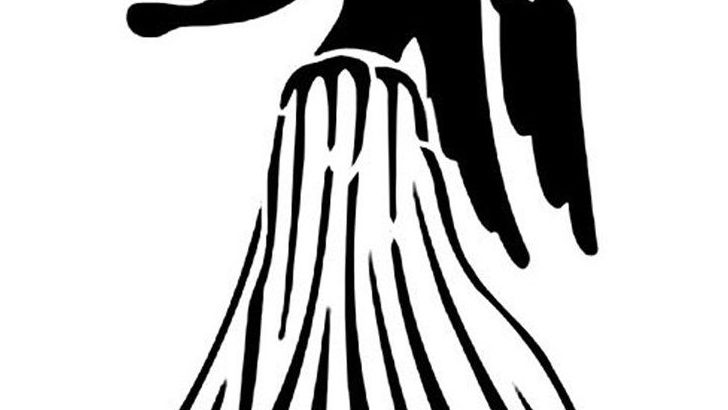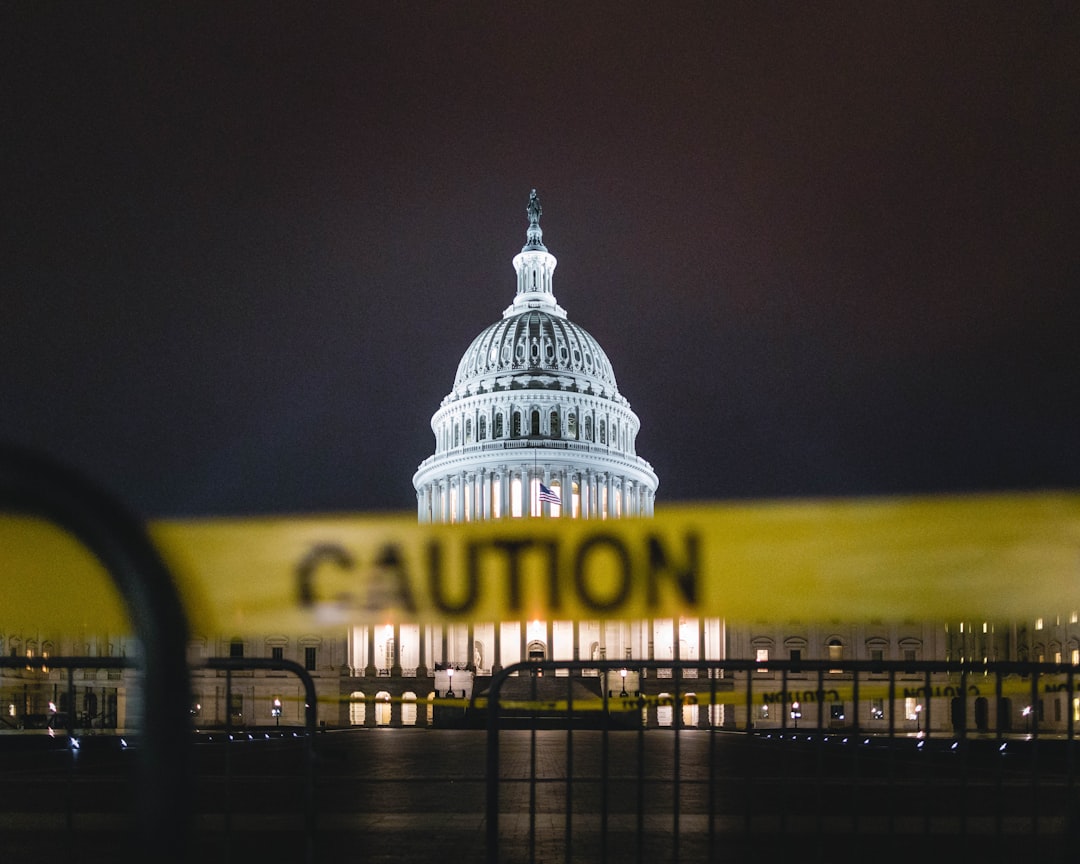Secret Codes Hidden in Plain Sight
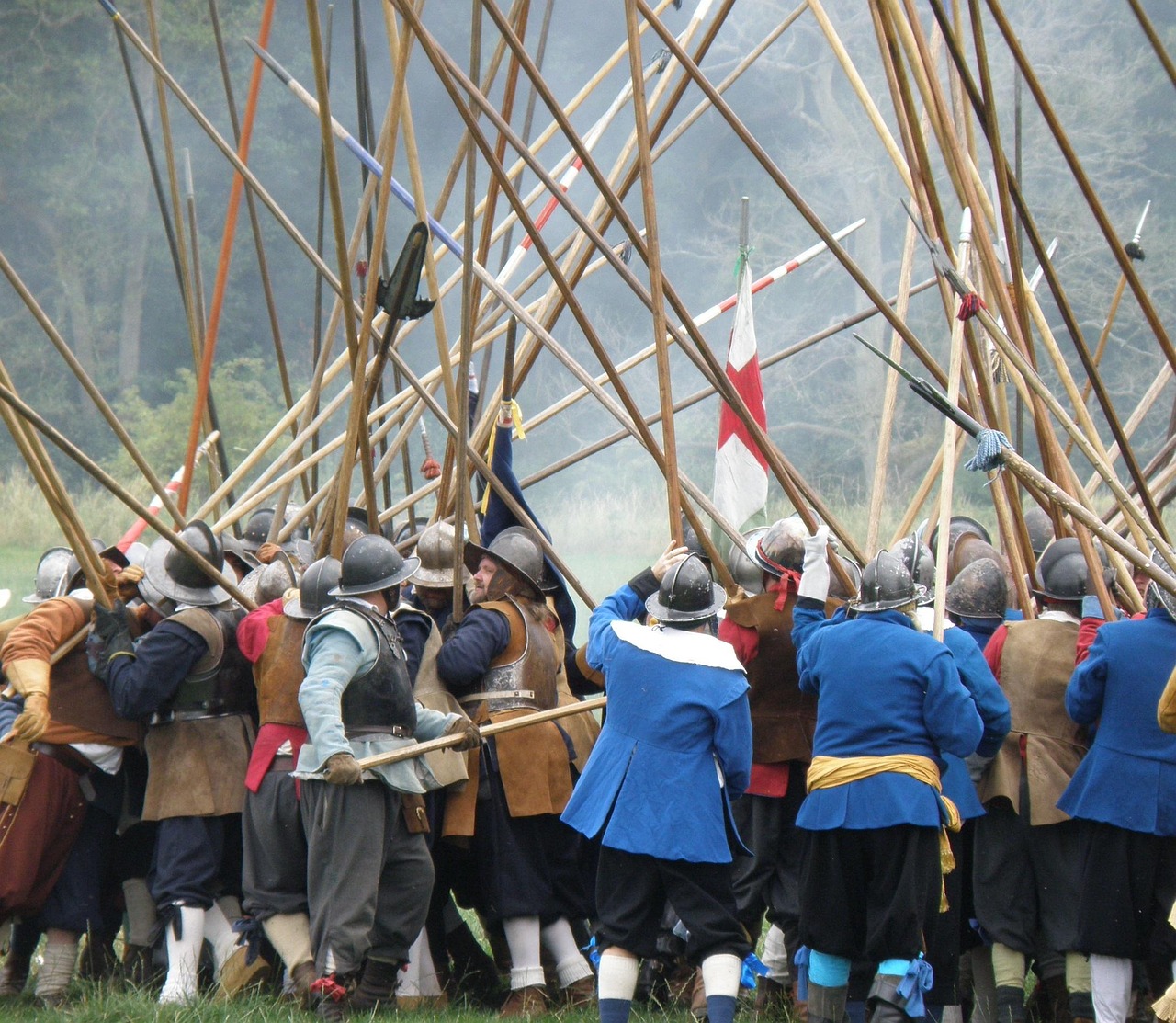
What if I told you that the love letters your great-great-grandfather wrote during the Civil War might have been carrying spy messages the whole time? Union intelligence operatives and Pinkerton detectives discovered early in the war that Confederate forces relied heavily on just a few keywords: “Manchester Bluff,” “Complete Victory,” and “Come Retribution” for their secret communications. These seemingly innocent phrases were actually the keys to unlock coded Confederate military plans.
Both sides used codes, surveillance, and other time-tested techniques to protect their communications. Yet most soldiers weren’t trained spies – they were ordinary farmers, shopkeepers, and clerks who found themselves thrust into a world where a casual letter home could accidentally reveal troop movements or battle plans.
The Pigpen Cipher That Fooled No One

The pigpen cipher, sometimes called the Freemason Cipher because Masons used it early in their history, was based on two tic-tac-toe grids and two X’s, with letters being placed within each grid’s nine individual spaces and four spaces in each X. This created twenty-six spaces for the alphabet, making it seem incredibly sophisticated to amateur code-breakers.
One Civil War soldier, Joseph W. Ely of the 19th Michigan Infantry, used this cipher in his diary entries, only to record mundane details like visiting his friend Henry Brown in the hospital and buying a watch for five dollars. The elaborate encryption system was hiding the most ordinary of secrets – a reminder that sometimes the most complex codes protect the simplest messages.
Love Letters That Were Actually Intelligence Reports
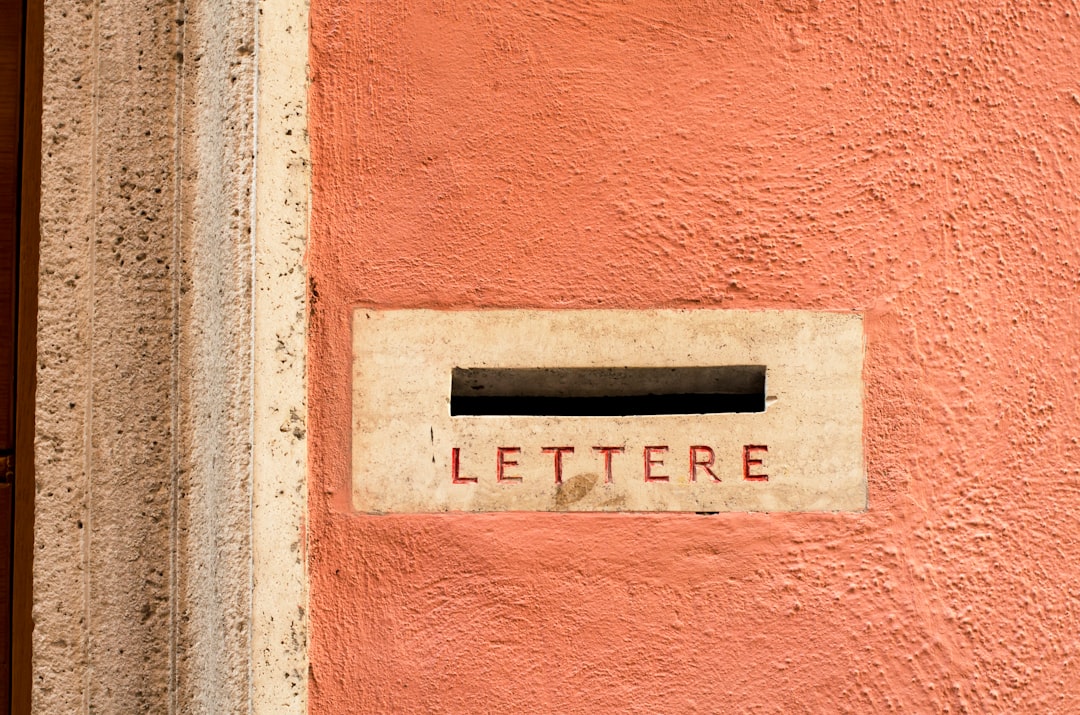
Confederate spy Rose O’Neal Greenhow used a cipher created by Thomas Jordan to send coded messages through an extensive network called the Secret Line, with friend Betty Duvall dressing as a farmer’s wife and hiding messages from Greenhow in her carefully arranged long hair. These women turned the Victorian tradition of elaborate hairstyles into a sophisticated communication system.
The beauty of using personal correspondence for intelligence was its invisibility. Who would suspect that a love-struck soldier writing to his sweetheart was actually reporting enemy troop positions? Some spies mailed their reports to family members of employees, who then delivered the letters to the White House, creating an intricate web of seemingly innocent family communications.
Crossed Letters: When Paper Was Precious
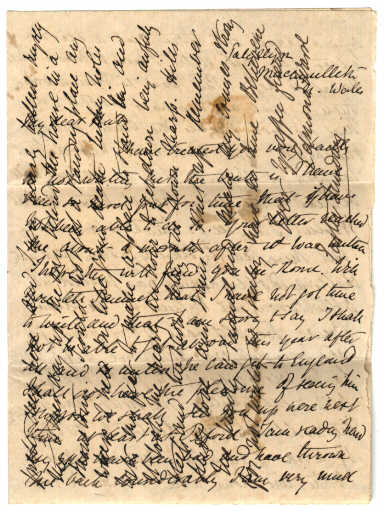
The crossed letter writing style was common in the 19th century, demonstrating an effort to make the most of scarce paper by fitting as much information as possible on the letter in a very decorative manner, where writers would fill the page normally then turn it 90 degrees and write “between the lines”. This wasn’t just about saving money – it was about maximizing information transfer when communication was difficult and dangerous.
These crossed letters served a dual purpose during wartime. Letters found in Civil War prize case files show that this technique was used by blockade runners, with letters collected from ships seized for running the Union naval blockade. What appeared to be frugal letter-writing was actually a method of cramming as much intelligence as possible into a single piece of correspondence.
Telegraph Codes That Changed Everything
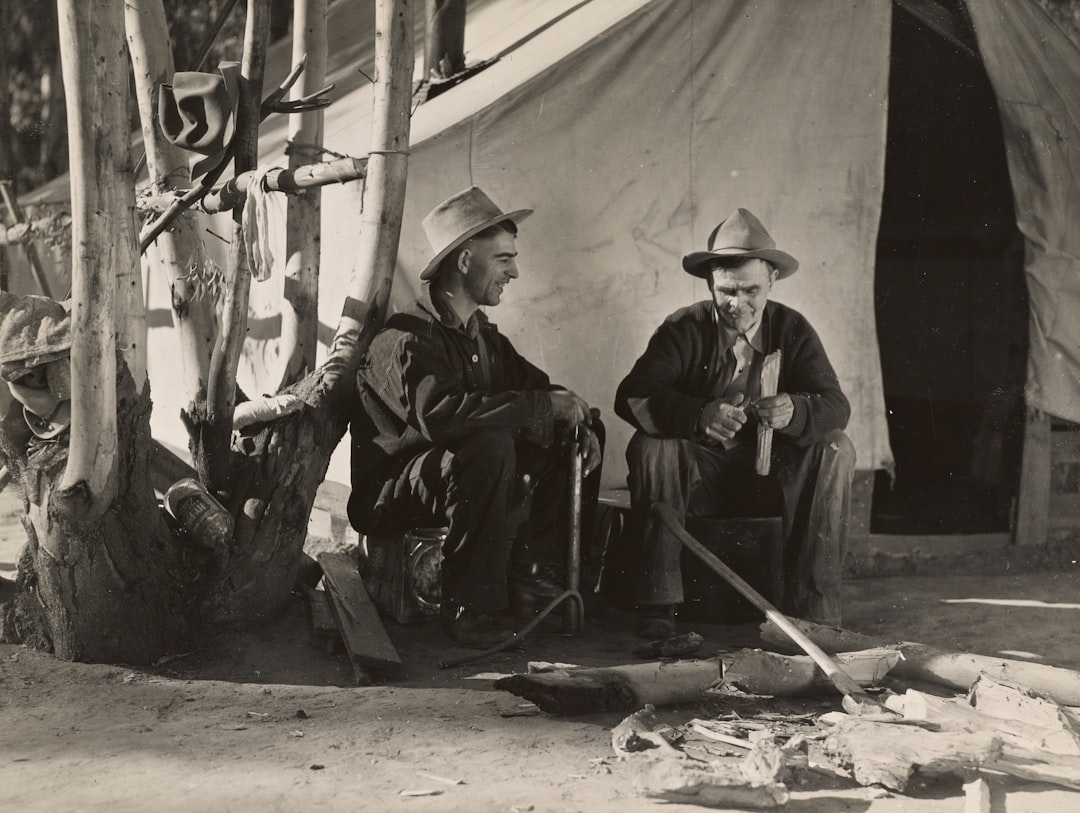
Most Civil War telegrams were written for brevity and tapped out in Morse code as shorthand communiques, with a great number of telegrams coded and proving impossible to crack, offering the Union almost-instant intelligence about the war’s sweeping movements and strategies. This represented the birth of modern military communications – the ancestor of today’s encrypted military communications.
The Union’s choice of word jumbling over letter-based ciphers had profound impact, as teenage telegraph operators formed into the U.S. Military Telegraph gave telegraphers recognizable words that helped reduce transmission errors, while code names replaced sensitive plain text and nulls disrupted the underlying message. The system was designed not just for secrecy, but for practical communication under battlefield conditions.
Family Recipes That Weren’t About Food

Imagine finding your ancestor’s recipe for “Manchester Pudding” only to discover it was actually instructions for troop movements. Spies like Benedict Arnold and John André pretended to be merchants, deliberately not disguising some words with cipher so letters seemed to be about normal business transactions, ensuring anyone who intercepted them would see business language and think they were routine commercial deals.
This technique extended beyond business correspondence. Family letters often contained recipes, household tips, and farming advice that served as perfect cover for military intelligence. The mundane details of domestic life provided an ideal camouflage for the most sensitive military secrets.
The Union’s Code-Breaking Advantage
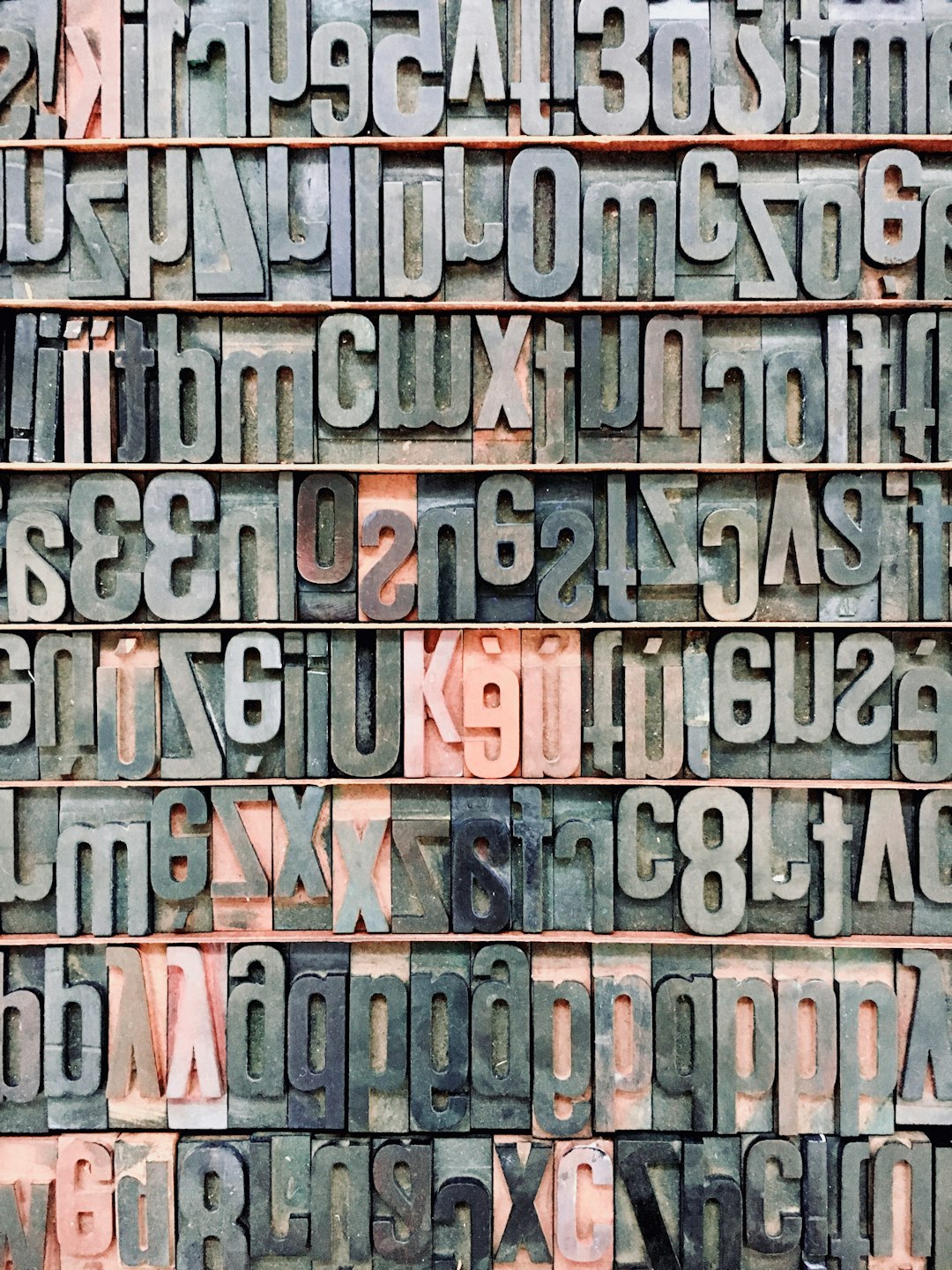
By 1863, the Union had managed to crack Confederate secret codes several times, but the system proved so cumbersome and long to decode that it led to mistranslations and battlefield mistakes, until after the Battle of Shiloh when one rebel telegraph operator with Union sympathies handed the cipher to the Union, which was then published in a New York newspaper. This intelligence breakthrough gave the Union a massive strategic advantage.
The Confederate government paid for transmission of official telegrams over commercial lines, where Southern operators found scrambled, meaningless letters begging to be garbled, while the poly-alphabetical cipher offered none of the easily recognizable words that provided a crutch for Northern operators. The Confederacy’s more “secure” system actually proved less reliable in practice.
Diary Entries That Hid Military Secrets

Personal diaries weren’t immune from the code fever that swept through Civil War armies. Joseph W. Ely of Allegan, Michigan, a corporal in the 19th Michigan Infantry who was captured at Thompson’s Station, Tennessee, held in Libby Prison, and later had his left ring finger shot off in the Atlanta Campaign, used cipher in his diary entries. Even the most personal writings became potential security risks.
Soldiers understood that diaries could be captured and searched by enemy forces. What seemed like paranoid behavior was actually smart operational security. The habit of coding even mundane personal observations shows how deeply the culture of secrecy penetrated everyday military life.
Women Spies Who Revolutionized Secret Communication

Female spies like Belle Boyd and Harriet Tubman significantly influenced the war through espionage activities, with Rose O’Neal Greenhow charged with spying and held on house arrest, but sent to prison when she continued trying to send messages, later writing her memoirs. These women didn’t just participate in espionage – they revolutionized it.
Women had unique advantages in Civil War espionage because social conventions made them less suspicious. They could move through enemy territory more easily, had access to social circles that men couldn’t penetrate, and could use domestic activities like sewing, cooking, and letter-writing as perfect cover for intelligence operations.
Modern Technology Reveals Civil War Secrets
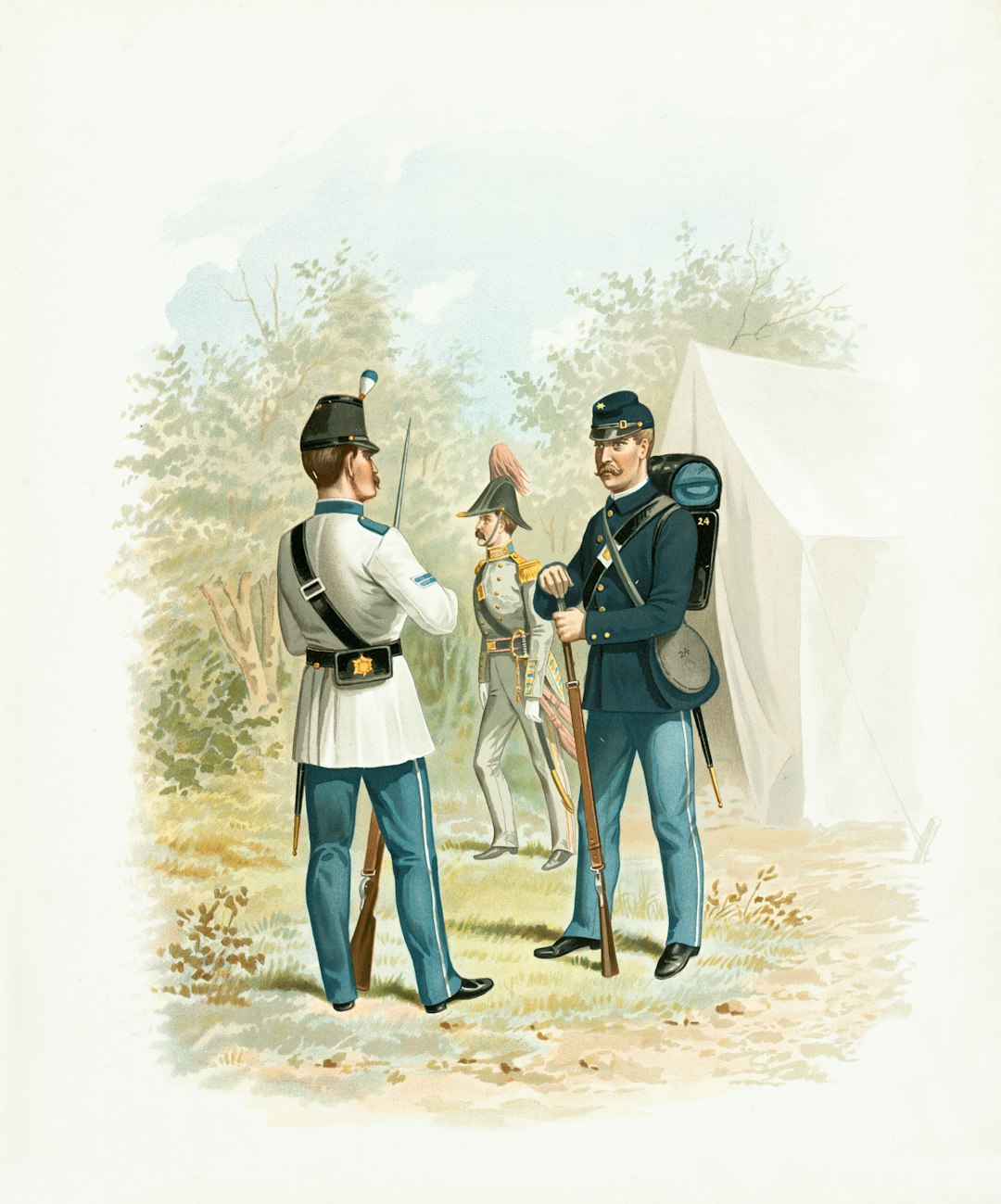
The Huntington Library launched an innovative crowdsourcing project to transcribe and decipher Civil War telegrams between Abraham Lincoln, his Cabinet, and Union Army officers, with roughly one-third of messages written in code, and volunteers working to create a database that will use code books to decipher encoded telegrams. Today’s technology is finally unlocking secrets that have been hidden for over 150 years.
The Center for American War Letters at Chapman University houses more than 90,000 letters from soldiers and their families spanning 230 years and dozens of wars and conflicts. This massive collection is still yielding new discoveries about how ordinary people communicated during extraordinary times.
The Enduring Mystery of Unbroken Codes
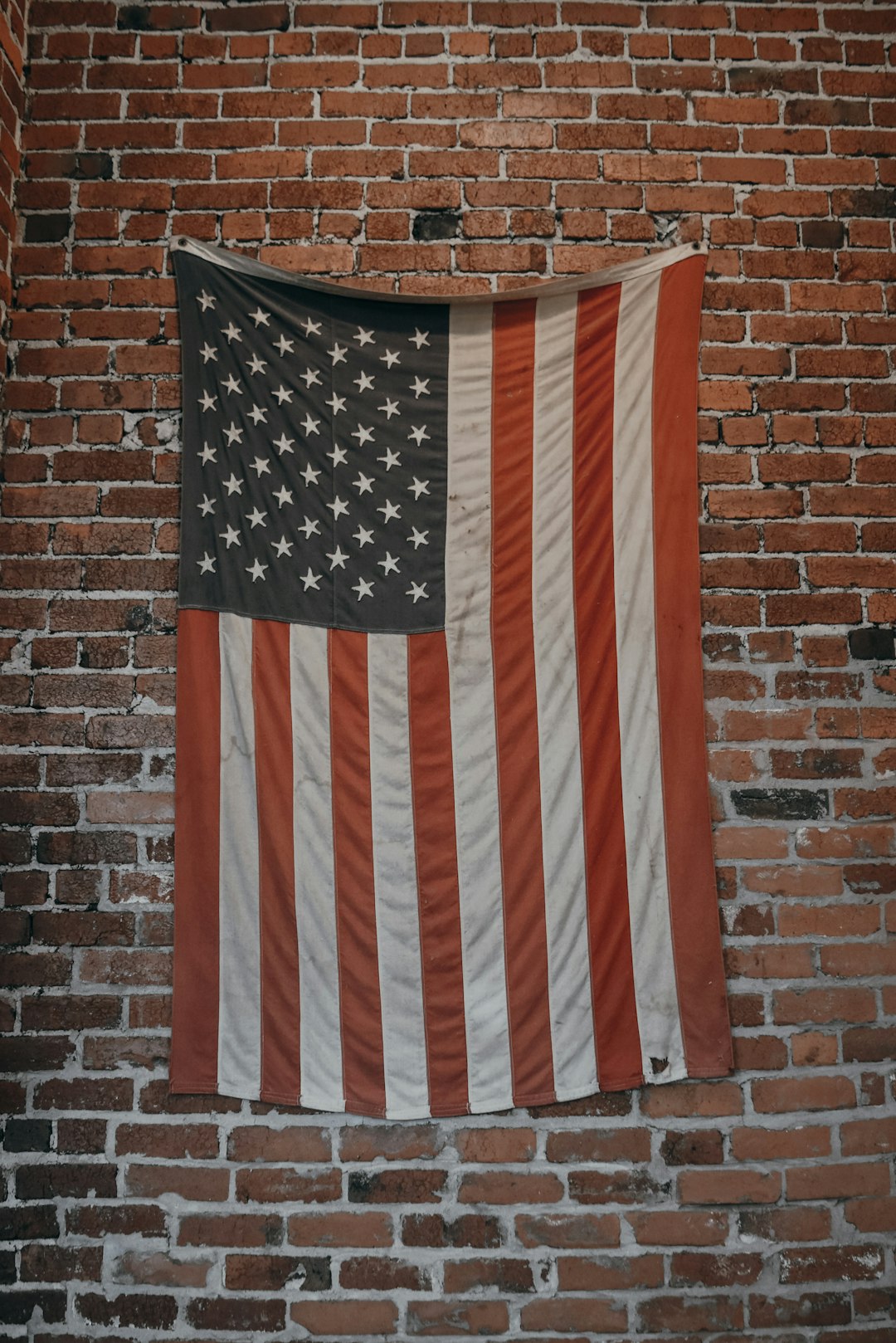
A great number of Civil War telegrams were coded and proved impossible to crack, meaning countless secrets from America’s bloodiest conflict remain locked away in plain sight. Somewhere in archives and family attic collections, there are likely coded messages that have never been deciphered.
These unbroken codes represent one of the most tantalizing mysteries in American history. What strategic secrets, personal confessions, or historical revelations are still waiting to be discovered? Because Civil War spies relied on secrecy, much about them remains unknown, ensuring that new discoveries will continue to emerge from old letters.
Conclusion

The next time you come across a Civil War-era letter in your family’s collection, look closer. That seemingly innocent correspondence about the weather, crop conditions, or family health might actually be a sophisticated intelligence report that helped shape American history. The hidden messages in Civil War letters remind us that ordinary people did extraordinary things, often leaving their secrets in plain sight for future generations to discover.
What secrets might be hiding in your own family’s old letters?






